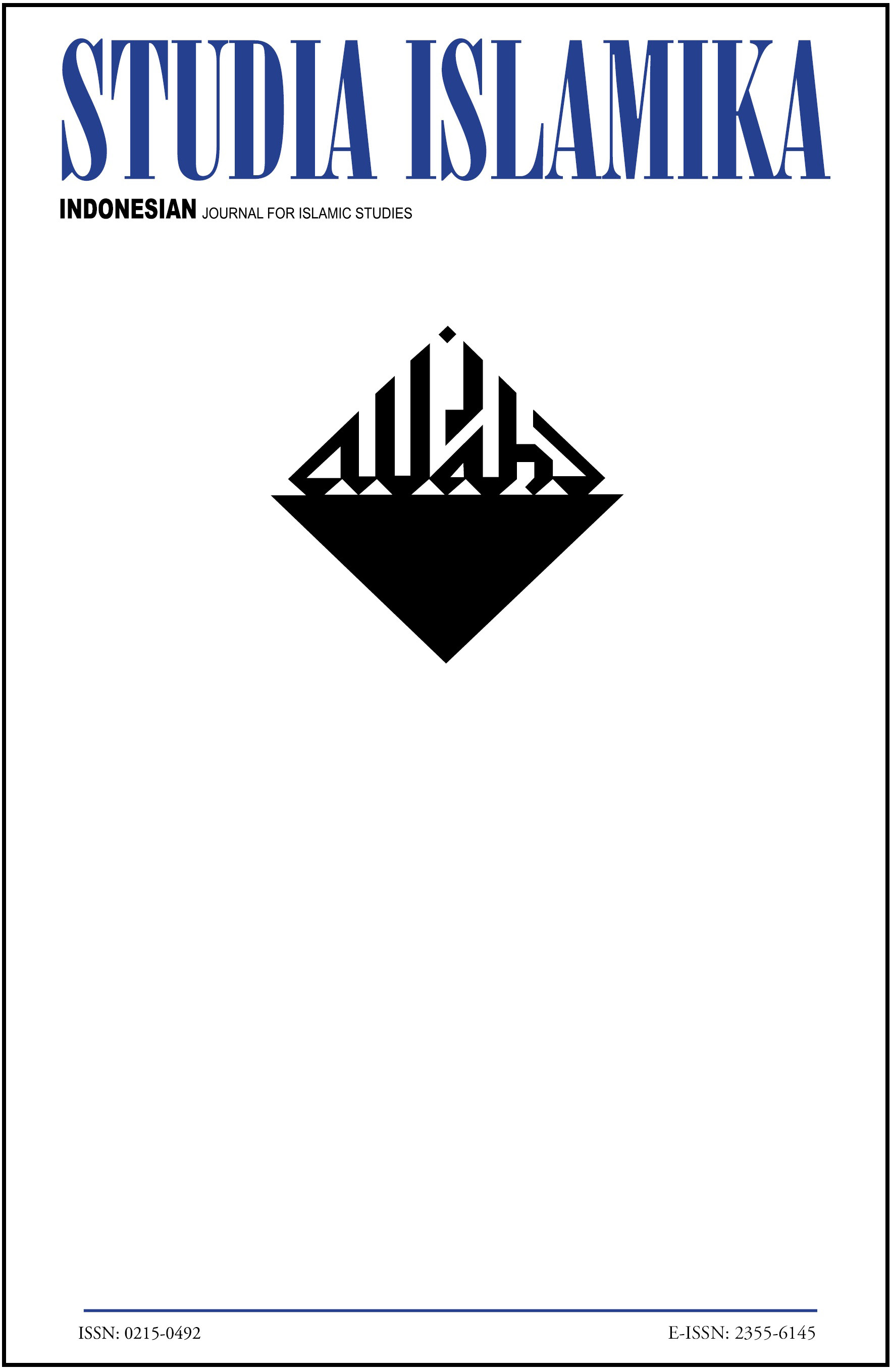Abstract
This article aims to analyze the role of Cash Waqf Linked Sukuk (CWLS) in the development of healthcare services, particularly eye health, during the Covid-19 pandemic in Indonesia. The study adopts a descriptive qualitative approach, utilizing field research that involves analyzing social facts, expert opinions, and theoretical debates. The study findings indicate that the proceeds from CWLS, managed by the Indonesian Waqf Board (BWI) as the nāẓir (trustee), were used to purchase equipment for the retina and glaucoma center and provide patient transportation at Achmad Wardi Hospital. The utilization of CWLS proceeds significantly benefited 2,162 patients with retinal and glaucoma conditions, who faced challenges in accessing medical treatment and were at risk of blindness due to regional and social mobility restrictions during the pandemic. The model of utilizing CWLS proceeds for healthcare facility development at Achmad Wardi Hospital, implemented by BWI, can be replicated by other cash waqf trustees through collaboration with healthcare entities that cater to the community's needs.References
Badrushsoleh, Moh. 2022. “Rumah Sakit Khusus Mata dari Program Wakaf Dompet Dhuafa & Badan Wakaf Indonesia.” Materi Presentasi Direktur RS Ahmad Wardi pada Visitasi Sertifikasi RS Syari’ah
Bank Indonesia. 2021. “Annual Report Cash Waqf Linked Sukuk”
DSN MUI. 2002. “Fatwa No.11/DSN-MUI/05/2002 Tentang Wakaf Uang”
———. “Fatwa DSN MUI No.137/DSN-MUI/IX/2020 Tentang Sukuk”
———. “Fatwa DSN MUI No.69/DSN-MUI/VI/2008 Tentang Surat Berharga Syari’ah Negara”
———. “Fatwa DSN MUI No. 32/DSN-MUI/IX/2002 Tentang Obligasi Syari’ah”
Bourne, R.R.A. et al. 2017 “Magnitude, Temporal Trends, and Projections of the Global Prevalence of Blindness and Distance and Near Vision Impairment: A Systematic Review and Meta-Analysis.” The Lancet. Global Health 5(9): 888–897.
Chua, J. et al. 2018. “Diabetic Retinopathy in the Asia-Pacific.” The Asia-Pacific Journal of Ophthalmology, 7(1): 3–16.
Caesarita, Dea Pitra et al. 2022. “The Effect of Panretinal Photocoagulation Treatment on Vision-Related Quality of Life of Patients with Proliferative Diabetic Retinopathy at Kariadi Hospital.” Ophthalmologica Indonesiana 48 (1): 41-47
Eka, Aulia et al. 2022. ”Optimizing The Role Of CWLS For State Development.” Al Iqtishad 14 (1): 185-212
Erismen, Rio et al. 2022. “Management of Productive Waqf in Achmad Wardi Eye Hospital of BWI-DD in Serang Banten.” Imara 6 (1): 39-57.
Fajar, Eko et al. 2022. “Cash Waqf and Development: A Case Study of Cash Waqf Linked Sukuk In Indonesia” el Barka Journal of Islamic Economic and Bussiness 5(1): 150-182
Kementerian Agama, Direktorat Pengembangan Zakat dan Wakaf. 2005. “Proses Lahirnya UU No. 41 Tahun 2004 Tentang Wakaf.”
Lembaga Kenazhiran BWI. 2021. “Laporan Wakaf Uang Lembaga Kenazhiran BWI Periode Bulan Maret 2021”
Nurbaiti, Eka. 2021. “CWLS sebagai Instrumen Pemulihan Pembangunan Nasional akibat Covid-19.” HES Jurnal Hukum Ekonomi Syari’ah 4(1): 37-70
Peraturan Pemerintah No. 42 Tahun 2006 Tentang Pelaksanaan UU No 41 Tahun 2004 Tentang Wakaf
Rumah Sakit Mata Achmad Wardi. 2022. “Company Profile Rumah Sakit Mata Achmad Wardi”
Sasongko, M.B. et al. 2017. “Prevalence of Diabetic Retinopathy and Blindness in Indonesian Adults With Type 2 Diabetes.” American Journal of Ophthalmology, 181: 79–87.
Taylor, H.R. 2019. “Global Blindness: The Progress We Are Making and Still Need to Make.” Asia-Pacific Journal of Ophthalmology (Philadelphia, Pa.), 8(6): 424–428.
Ubaidillah et al. 2021. “Cash Waqf Linked Sukuk (CWLS): An Alternative Instrument For Infrastructure Financing.” IIJSE 4(1): 35-49
Undang Undang No. 19 Tahun 2008 Tentang SBSN
Undang Undang No. 41 Tahun 2004 Tentang Wakaf
Yasin, Yuli. 2017. “Wakaf Uang Berjangka & Urgensinya dalam Pengelolaan Aset Wakaf di Indonesia.” Jurnal Bimas Islam 10(IV): 701-726
Authors who publish with this journal agree to the following terms:
- Authors retain copyright and grant the journal right of first publication with the work simultaneously licensed under a Creative Commons Attribution License that allows others to share the work with an acknowledgement of the work's authorship and initial publication in this journal.
- Authors are able to enter into separate, additional contractual arrangements for the non-exclusive distribution of the journal's published version of the work (e.g., post it to an institutional repository or publish it in a book), with an acknowledgement of its initial publication in this journal.
- Authors are permitted and encouraged to post their work online (e.g., in institutional repositories or on their website) prior to and during the submission process, as it can lead to productive exchanges, as well as earlier and greater citation of published work.

